-
Beelink GTR9 Pro : The AMD Ryzen AI Max Plus 395 Mini PC Outperforming the Big Guys
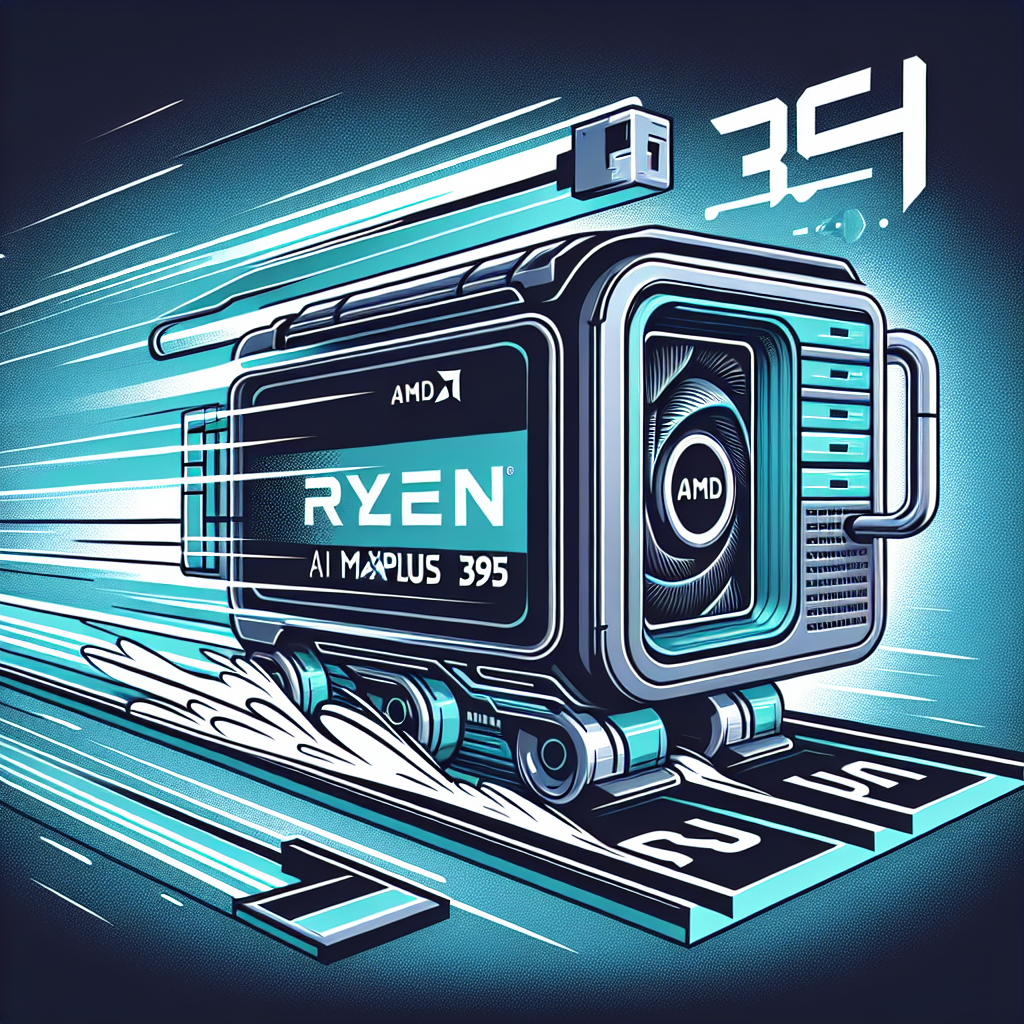
What if a device no bigger than a hardcover book could outperform your bulky desktop PC? The Beelink GTR9 Pro, powered by the new AMD Ryzen AI Max Plus 395, is here to challenge everything you thought you knew about mini PCs. With its 16-core, 32-thread architecture and integrated Radeon 860S iGPU, this compact powerhouse is rewriting the rules of performance, delivering speeds and graphics capabilities that rival mid-range dedicated GPUs like the RTX 4060. Whether you’re a gamer chasing ultra-smooth frame rates, a creator rendering complex 3D models, or a professional juggling resource-intensive tasks, the GTR9 Pro promises to meet, and exceed, your expectations.
But does it truly live up to the hype, or is it just another overmarketed gadget? In this first look, ETA PRIME dives deep into the GTR9 Pro’s versatile design and innovative hardware, uncovering what makes it a standout in the competitive mini PC market. From its blazing-fast DDR5 RAM and advanced cooling system to its seamless support for both Windows and Linux, this device offers a rare blend of power, efficiency, and adaptability. But the real question is: can it handle the demands of modern gaming and AI workloads without breaking a sweat?
Stick around as we explore its real-world performance, benchmark results, and gaming capabilities to see if the GTR9 Pro is truly the compact PC revolution it claims to be, or just another fleeting trend in tech.
Beelink GTR9 Pro Overview
TL;DR Key Takeaways: The Beelink GTR9 Pro is powered by the AMD Ryzen AI Max Plus 395 APU, featuring 16 cores, 32 threads, and a 5.1 GHz boost clock, paired with the Radeon 860S iGPU for graphics performance comparable to mid-range dedicated GPUs like the RTX 4060 or RX 7600.
- It supports up to 128 GB of DDR5 RAM at 8000 MT/s.
- Features dual M.2 PCIe 4.0 slots for up to 8 TB of high-speed storage.
- Advanced cooling system includes a vapor chamber and dual blower fans.
- Connectivity features include dual 10Gb LAN, Wi-Fi 7, Bluetooth 5.4, and multiple USB ports.
When it comes to processing and graphics capabilities, the GTR9 Pro stands unmatched. The Ryzen AI Max Plus 395 APU at its heart ensures that even the most intensive tasks, from gaming to AI computations, are handled with remarkable efficiency. The integrated Radeon 860S iGPU is built on the RDNA 3.5 architecture, providing 40 compute units to deliver performance that can hold its own against dedicated GPU offerings.
Unmatched Processing and Graphics Capabilities
At the heart of the GTR9 Pro lies the AMD Ryzen AI Max Plus 395 APU, a 16-core, 32-thread powerhouse with a boost clock of 5.1 GHz. This processor is designed to excel in intensive tasks such as gaming, AI computations, and multitasking. The synergy between CPU and GPU ensures that users experience smooth and efficient performance across various applications.
The GTR9 Pro’s advanced cooling system is another notable feature, designed to maintain optimal performance during demanding workloads while keeping noise levels to a minimum. The combination of a vapor chamber, dual blower fans, and aluminum heatsinks supports sustained operations, allowing it to handle gaming sessions or intensive rendering tasks without overheating.
Beelink has also ensured that the GTR9 Pro’s connectivity options match its powerful internals. With dual 10Gb LAN ports, Wi-Fi 7, and Bluetooth 5.4, users can easily connect to high-speed networks and devices, further enhancing its utility in professional settings. The inclusion of multiple USB ports, HDMI, DisplayPort, and even a fingerprint sensor showcases a commitment to modern and versatile usability.
Conclusion
The Beelink GTR9 Pro emerges as a formidable contender in the realm of mini PCs, blending powerful hardware with a compact form factor. With its capability to support high-performance tasks, it may well be the game changer for professionals and gamers alike. As we continue to explore its performance in real-world applications, the GTR9 Pro might just set new standards for what mini PCs can accomplish.
-
Delinea releases free open-source MCP server to secure AI agents
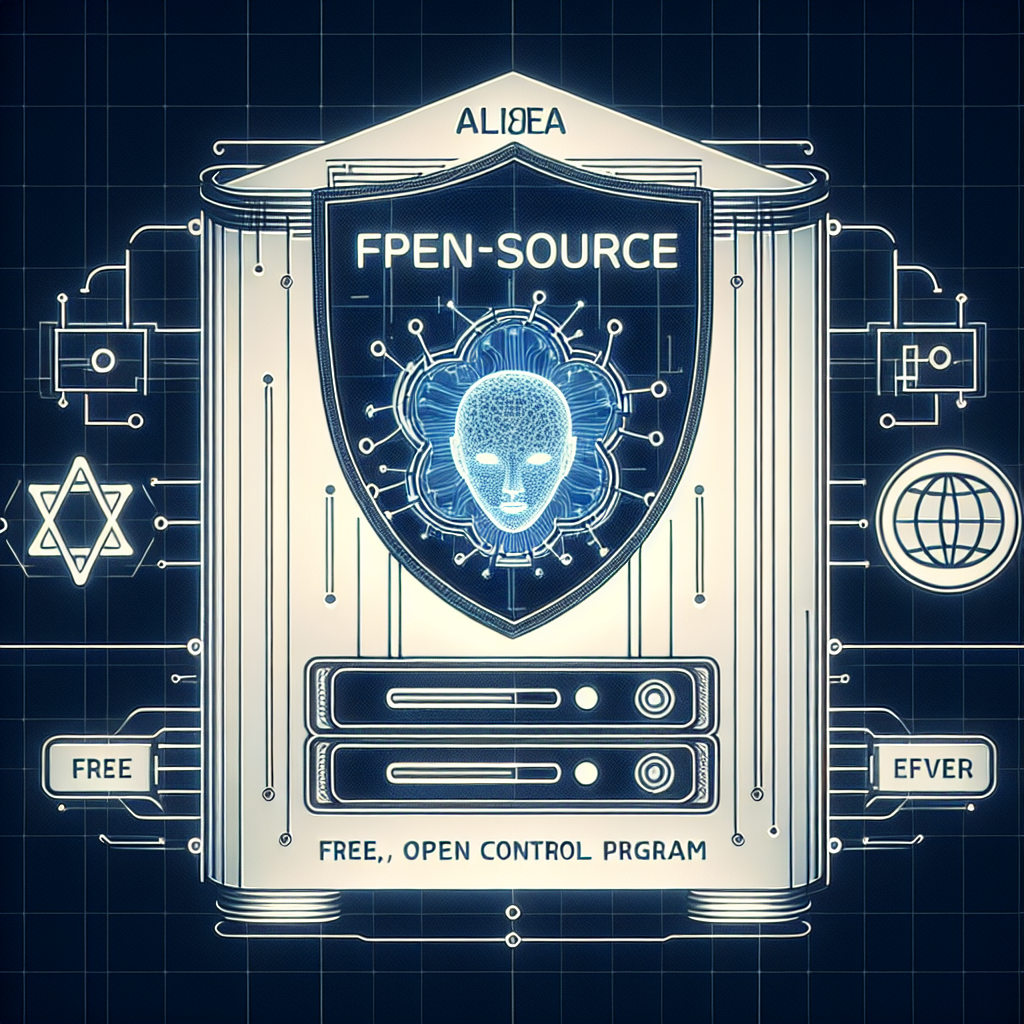
In an era where AI agents are evolving rapidly and becoming integral parts of various workplaces, ensuring their secure operations has garnered critical attention. Delinea has launched a groundbreaking solution, the open-source Model Context Protocol (MCP) Server, designed to address the pivotal challenge of securing sensitive credentials accessed by these AI systems. This server aims to mitigate the risks associated with credential storage and access, which often involve plain text storage or unrestricted credential usage in workflows.
The MCP Server functions primarily as a secure intermediary between AI agents and the Delinea Platform, revolutionizing how credentials are handled. Instead of providing AI tools with direct access to sensitive vaults, the MCP Server allows them to retrieve and use credentials securely while strictly controlling their access through identity checks and policy rules. This structural design not only enhances security but also simplifies integration with various tools and workflows, making credential management efficient.
Phil Calvin, Chief Product Officer at Delinea, emphasizes the importance of the MCP Server in reducing the risk of credential misuse in AI contexts. He elaborates that the server implements several crucial security features—abstraction, least-privilege controls, and ephemeral authentication—to bolster AI productivity without compromising sensitive information. According to Calvin, by restricting access to a defined set of functions,AI tools can perform necessary tasks without ever interacting directly with raw credentials, significantly lowering the possibility of credential leakage.
Securing AI credentials has become increasingly essential as these agents begin to engage with sensitive systems such as databases and cloud services. The traditional approach of hardcoding credentials poses significant challenges, particularly regarding auditability and access revocation. The MCP Server counters these issues by deploying ephemeral tokens coupled with centralized policies that enforce stringent access controls. Furthermore, it integrates with industry standards like OAuth and offers connectors tailored for leading AI platforms, including ChatGPT and Claude, enhancing compatibility and ease of use.
Despite the pronounced advantages the MCP Server offers, Delinea acknowledges that organizations may encounter hurdles during the rollout, particularly those operating within complex legacy environments. Calvin notes that transitioning to the MCP Server requires thoughtful planning and careful execution, citing configuration complexities and the secure handling of credentials as potential obstacles. He advises that the integration is not simply a plug-and-play operation and merits meticulous preparation to ensure a seamless adoption.
To assist organizations in navigating these challenges, Delinea has provided a wealth of resources, including Docker images, comprehensive documentation, and sample integrations designed for popular tools like ChatGPT, Claude, and VSCode Copilot. Calvin confirms, “We provide ready-to-use Docker images, documentation, and reference integrations… best practices on how to scope tools, separate credentials from configurations, and test deployments before going live.” This thoughtful approach not only simplifies the adoption process but also equips organizations with the knowledge to effectively implement the server and maximize its potential securely.
For businesses looking to enhance their AI applications while safeguarding sensitive information, Delinea’s Model Context Protocol (MCP) Server represents a significant advancement. By providing proactive security solutions tailored for the unique challenges posed by AI technologies, organizations can foster a safer working environment while harnessing the capabilities of artificial intelligence to drive innovation and efficiency.
The MCP Server is readily accessible on GitHub, inviting organizations to integrate its functionalities into their existing workflows and experience firsthand the transformative impact of advanced AI credential management.
-
Device uses a camera, AI and electricity to boost healing time by 25%

In a groundbreaking advancement in medical technology, research from the University of California, Santa Cruz, has introduced a novel device called a-Heal, which integrates artificial intelligence, imaging technology, and bioelectronic mechanisms to significantly enhance wound healing. This innovative gadget reportedly boosts healing times by an impressive 25%, demonstrating a potential paradigm shift in how we approach wound care.
The a-Heal device comprises a range of sophisticated components designed to monitor and assist the natural healing process. At its core, a miniature fluorescence camera captures real-time images of the wound, while a circle of 12 LEDs provides adequate illumination for accurate imaging. This camera setup is not merely for observation; it plays a crucial role in enabling the advanced AI algorithm to analyze the wound’s healing progress effectively.
Once the device is placed on the skin over the wound site, it operates autonomously by capturing images every two hours and wirelessly transmitting them to a nearby computer for analysis. Here, a dedicated AI agent steps in, evaluating the current state of the wound against established healing benchmarks. In cases where healing falls short of expectations, the system can deliver targeted interventions to accelerate recovery.
One of the standout features of the a-Heal is its ability to effectuate two types of interventions based on real-time analysis. If the AI determines that a wound is not healing quickly enough, it can either apply an electric field to stimulate cellular activity or administer a dose of medication to tackle inflammation. Notably, during trials conducted on pigs over a span of 22 days, fluoxetine, a selective serotonin reuptake inhibitor known for its anti-inflammatory properties, was used to aid in reducing inflammation and improve tissue healing.
The results were significant; wounds treated with the a-Heal healed approximately 25% faster than those in a control group that did not receive such treatment. This remarkable outcome illustrates the potential of integrating AI and bioelectronics in healthcare to push the boundaries of traditional methods used for wound care.
Professor Marco Rolandi, one of the lead researchers on this project, emphasizes that the a-Heal device optimizes healing by responding to the body’s cues and implementing timely external interventions. This responsiveness is critical, especially for patients with chronic wounds or those located in underserved regions lacking access to modern medical facilities.
Wound healing is a complex process influenced by a myriad of factors, including blood flow, inflammation, and the presence of infection. The ability of the a-Heal device to continuously monitor the wound, analyze data, and intervene proactively offers an unprecedented solution to enhance recovery times effectively. The hope is that it can not only improve outcomes for individual patients but also streamline healthcare resources in areas where medical personnel and facilities are limited.
The a-Heal device is currently being researched and developed, with a vision of bringing this technology to the forefront of wound management solutions. Its commercial implications could be substantial, particularly as demand grows for innovative medical devices in a rapidly advancing healthcare landscape.
A paper detailing this research and the technology behind the a-Heal has been published in the journal npj Biomedical Innovations, shedding light on the promising future of AI-assisted medical devices. As we embark on an era where technology increasingly intersects with healthcare, innovations like the a-Heal may redefine our approach to not just wound healing, but patient care as a whole.
-
Databricks partners with OpenAI to boost AI development
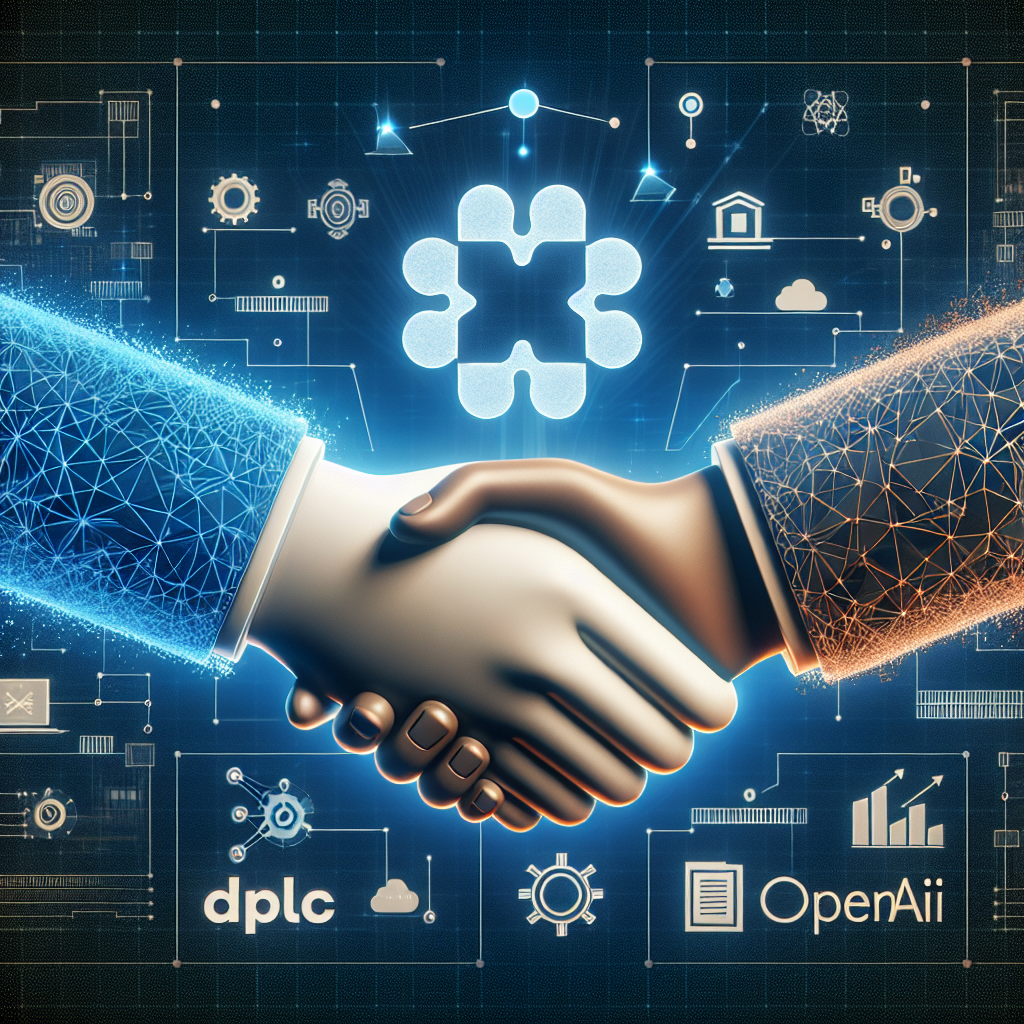
In a significant move for the AI and data management sectors, Databricks announced a multi-year partnership worth $100 million with OpenAI this Thursday. This collaboration is set to enhance the availability of OpenAI’s advanced models, including the recently launched GPT-5, within Databricks’ Data Intelligence Platform and its innovative Agent Bricks ecosystem tailored for AI development.
The integration promises to make OpenAI’s large language models (LLMs) accessible to Databricks’ extensive user base, enriching their AI tool development capabilities. According to Stephen Catanzano, an analyst at Enterprise Strategy Group, this partnership is particularly noteworthy as it marks OpenAI’s first official collaboration with a vendor specializing in business-centric data platforms. The substantial investment indicates that this agreement extends beyond mere technical integration, aiming to create unique AI experiences for users working with the Databricks platform.
As firms increasingly seek to leverage AI for enhanced operational efficiency, the implications of this partnership are vast. The collaboration is designed to foster continuous improvements of OpenAI’s models, ensuring they are finely tuned for real-world enterprise applications. This is an essential shift in how large language models will be utilized, as they will evolve to address practical business needs more effectively than ever before.
Moreover, while the partnership integrates OpenAI’s technology into Databricks’ offerings, it is worth noting that Databricks has also created support for its proprietary models alongside those from competitors like Anthropic, Google, and Meta. OpenAI continues to build partnerships across various platforms, including AWS, Google Cloud, and Microsoft, among others. According to Catanzano, this broad approach may dilute the uniqueness of the Databricks-OpenAI collaboration, but it certainly enhances accessibility for Databricks’ user community of over 20,000.
Historically, the launch of ChatGPT in November 2022 altered the landscape of generative AI (GenAI) and spurred a surge in enterprise investments in AI technologies. Companies like Databricks and its competitor Snowflake, along with industry giants such as AWS and Microsoft, have since been racing to develop frameworks that simplify AI tool creation. This increased focus recognizes the rising importance of AI in business and the need for streamlined development processes.
The cutting-edge Agent Bricks, unveiled by Databricks in June, represents a major evolution in AI development environments. This component is particularly relevant as it supports agents—applications capable of reasoning and understanding context, leading to autonomous actions. The partnership with OpenAI is expected to bolster the capabilities of Agent Bricks, enabling more sophisticated use cases for users who seek to integrate powerful AI functionalities into their applications.
As businesses aim to harness AI technologies more comprehensively, the implications of the Databricks and OpenAI partnership are profound. By combining advanced AI models with a robust data management platform, this partnership is poised to ignite further innovation in the way enterprises navigate data, develop applications, and ultimately achieve competitive advantages in their respective markets.
The journey ahead for Databricks, supported by OpenAI’s cutting-edge technology, appears promising and filled with opportunities for businesses eager to adopt AI at a more strategic level. The broader impact on efficiency, innovation, and competitive differentiation in industries embracing these advancements will be crucial to watch in the coming years.
-
New AI system could accelerate clinical research
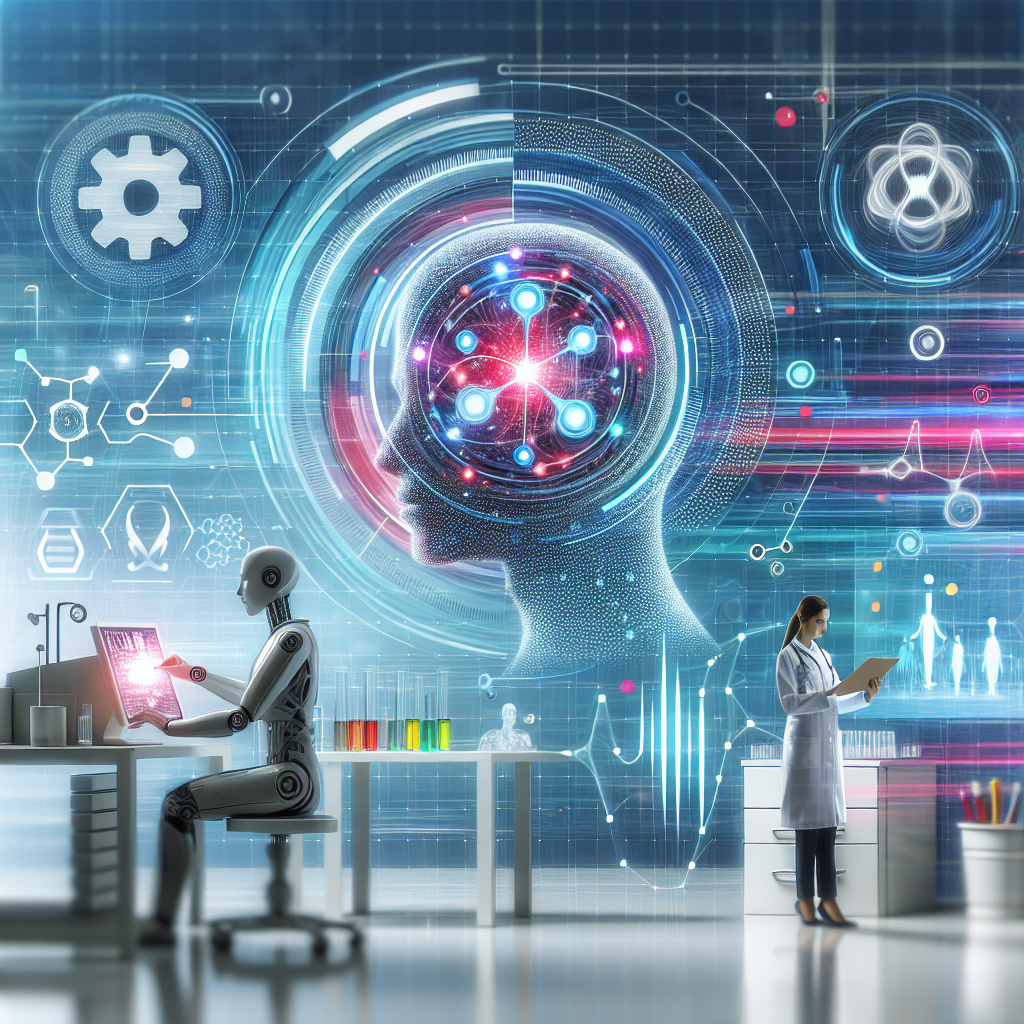
The field of clinical research is on the brink of transformation thanks to an innovative artificial intelligence system developed by researchers at MIT. As many researchers know, annotating medical images—specifically through a process called segmentation—is a crucial first step in numerous biomedical studies. This repetitive, manual task, particularly in studies involving the brain or other complex organ systems, can be exceedingly time-consuming, often consuming a significant portion of researchers’ time and resources. However, the introduction of this new AI system could fundamentally change the approach to these critical tasks, paving the way for accelerated studies and greater efficiencies in clinical trials.
Segmentation involves accurately outlining areas of interest in medical images, such as mapping the size of the hippocampus in brain scans as patients age. Traditionally, this has been a labor-intensive process requiring painstaking attention to detail. The MIT team’s groundbreaking AI model addresses this issue by allowing researchers to rapidly segment new datasets of biomedical images using simple interactions—such as clicking, scribbling, or drawing boxes on the images. This user-friendly approach leverages artificial intelligence to predict segmentation with each user interaction, vastly improving the efficiency of the segmentation process.
One of the most significant breakthroughs of this AI system is its ability to learn and improve through user interaction. As a researcher marks additional images, the AI adapts and reduces the number of interactions required by the user. Ultimately, the system can even operate autonomously, accurately segmenting new images without any additional input from the user. This automated functionality is made possible by the thoughtfully designed architecture of the AI model, which utilizes information gleaned from previously segmented images to inform new predictions. As a result, researchers can segment entire datasets without needing to repeat their efforts for each individual image.
Additionally, unlike many existing medical imaging segmentation frameworks, the MIT AI system does not require a pre-segmented dataset for training. This aspect dramatically lowers the barrier to entry for researchers who may lack extensive machine-learning expertise or high-level computational resources. It empowers a broader range of scientists and practitioners to engage with cutting-edge AI tools for new segmentation tasks without the time constraints typically associated with model retraining.
The implications of this innovation extend beyond mere efficiency. In the long run, the AI tool holds the potential to expedite studies on new treatment methods, thereby reducing the costs and duration of clinical trials and medical research. Furthermore, the system could serve as a boon for clinical applications, such as enhancing radiation treatment planning, where accurate segmentation is critical to successful outcomes. Hallee Wong, the lead author of the related research paper and a graduate student in electrical engineering and computer science, expressed optimism about the tool’s potential. She noted that many researchers currently manage to segment only a handful of images each day due to the labor-intensive nature of manual segmentation. Wong emphasizes her aim for the new system: to facilitate groundbreaking science by enabling researchers to conduct studies they may have previously found daunting due to inefficiencies.
This pioneering research will be presented at an upcoming International Conference on Computer Vision, garnering attention from the global scientific community. The research team, which includes notable figures such as Jose Javier Gonzalez Ortiz, John Guttag, and Adrian Dalca, recognizes that the tool has significant implications for the future of clinical research and medical imaging. By enhancing efficiency and reducing the load on researchers, this system represents a monumental leap forward in the utilization of AI for practical applications in healthcare.
In summary, the MIT-developed AI system promises to reshape the foundational methodologies employed in clinical research. From its user-friendly interactive segmentation capabilities to its groundbreaking autonomous efficiency, this technological advancement stands to make substantial contributions to various domains within healthcare and clinical studies. As the research community continues to explore and implement AI-driven solutions, we can anticipate profound transformations in how scientific inquiries are conducted and how patient outcomes are ultimately improved.
-
Denver AI startup LightTable develops software to help developers fix costly mistakes
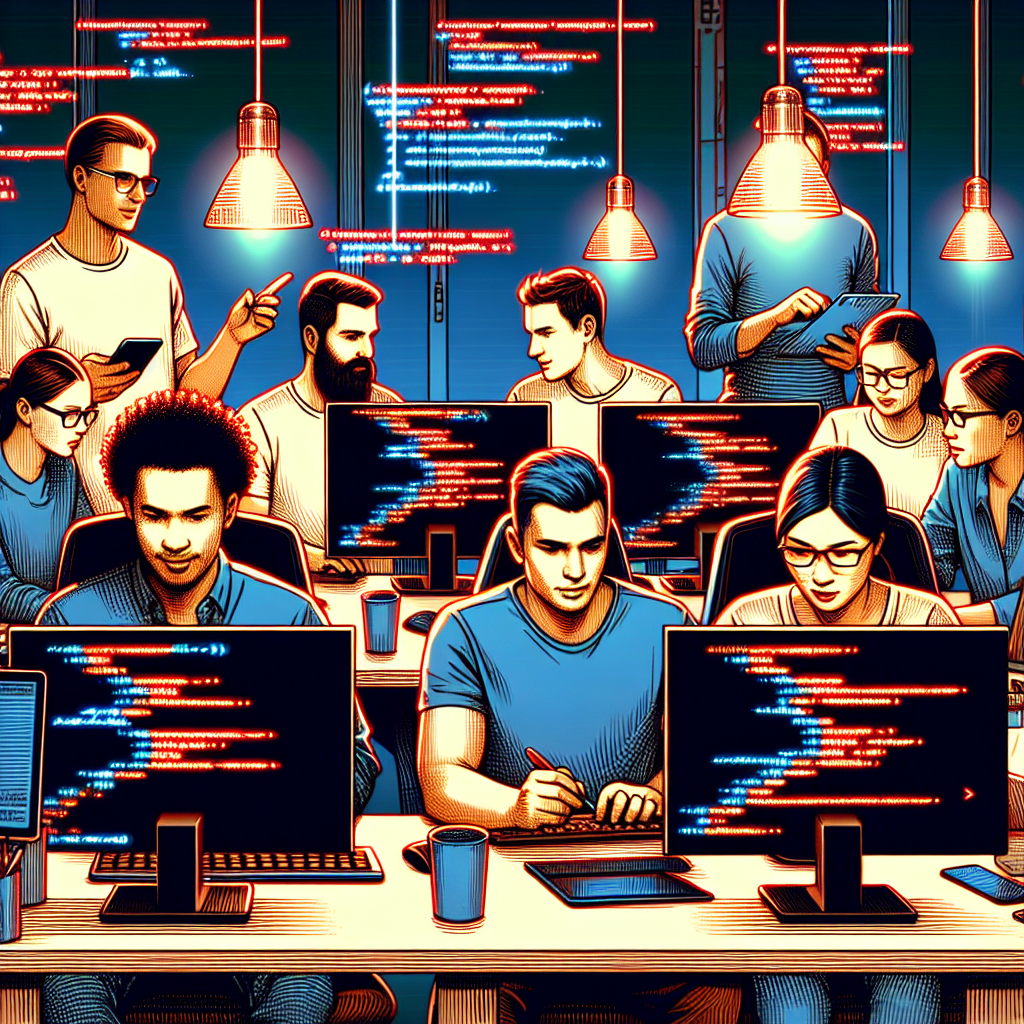
In an era where efficiency and precision are paramount, the Denver-based startup LightTable is breaking new ground in the construction industry by utilizing artificial intelligence specifically aimed at assisting developers. Founded in 2024, this innovative firm has recently secured $6 million in funding, an indication of its rapidly growing significance in a crucial sector.
The problem that LightTable addresses is one that many in the field are all too familiar with: the tedious and often long peer review process that can take weeks or even months. Co-founder and CEO Paul Zeckser emphasized that their AI-driven solution can overhaul this process remarkably. “We can do it in 30 minutes. It’s faster and better and we can deliver this at a lower cost,” he stated. This newfound speed and efficiency could prove to be game-changing for developers looking to save time and money while ensuring their construction plans are accurate.
Developers can easily upload their site plans into LightTable’s platform, where an AI agent meticulously analyzes the documents. Currently, the software is capable of identifying approximately 60% to 65% of errors ranging from discrepancies to mismeasurements. Zeckser is confident that in the next year, this success rate will improve to around 90%, a stark contrast to existing methods such as ChatGPT, which he estimates catch only about 15% of errors. The lightness of the peer review process currently nets about 50% accuracy—not based on human capability, but rather the overwhelming volume of complex documentation.
This innovation comes at a critical time when the construction industry is facing various challenges. Construction documents can span thousands of pages filled with intricate drawings, making a comprehensive review an impossibility within a conventional timeframe. By streamlining this process, LightTable promises to reduce errors and subsequently lower costs significantly. Zeckser pointed out that roughly 5% to 7% of the total development cost is often attributable to fixing these errors, a number that could drastically diminish with the adoption of their technology.
To date, LightTable has analyzed a staggering 2.5 million square feet of construction across 50 projects including multifamily housing and retail spaces. With the ambition to hit around 10 million square feet by year-end, the company plans to expand its reach within diverse areas such as hospitals, data centers, and laboratories. The collaboration with two of the country’s leading multifamily developers, including Florida-based Mill Creek Residential, shows that the industry is beginning to recognize the viability and necessity of such technology.
Clients are charged a price per square foot, which means that the cost of the software is directly tied to the scale and needs of each development project. This scalability is another testament to the practical implications of LightTable’s offering. The time and cost savings associated with using their automated review software could lead to fewer construction delays and change orders, two major pitfalls that routinely plague the industry.
Insight into the roots of LightTable reveals an interesting journey. Co-founder Ben Waters previously worked as an architect at Gensler and came up with the idea at an incubator associated with New York City’s Primary Venture Partners. With Zeckser and Dan Becker, LightTable’s Chief Technology Officer, they formed a dynamic team dedicated to reshaping the way construction plans are reviewed.
The initial round of funding has allowed LightTable to double its workforce, going from five to ten employees. There are also plans to expand further in the near future as they aim to make a significant impact in the construction tech landscape. By introducing cutting-edge AI technology to a traditionally manual quality assurance process, LightTable is not just enhancing how developers manage projects; they are paving the way for a more efficient and cost-effective future in construction.
With the growing demand for quicker and more accurate construction reviews, startups like LightTable are critical to the evolution of the industry. Their innovative approach offers more than just time savings; it promises to lessen the financial strain on developers while ensuring a higher standard of work—a win-win for all involved.
-
AI tool used to recover £500m lost to fraud, government says
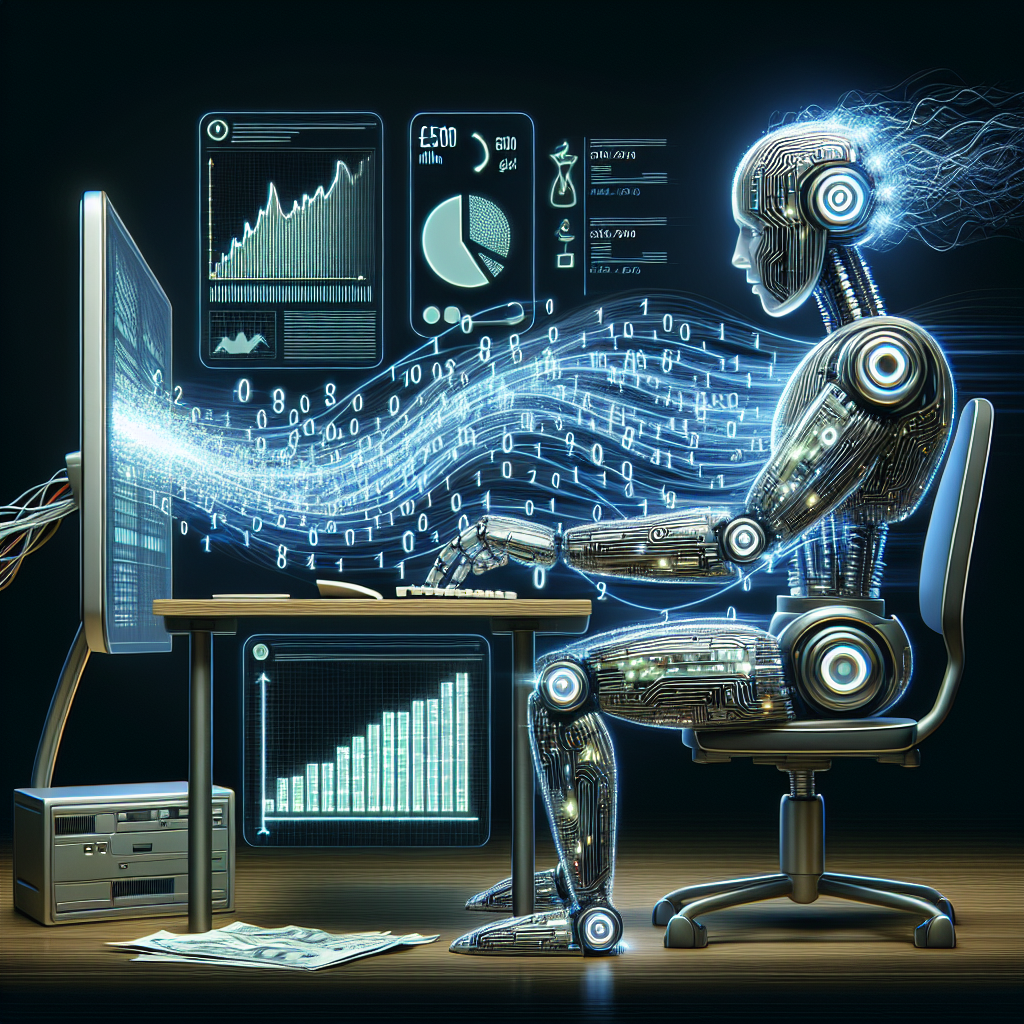
A recent announcement from the UK government has highlighted the impressive capabilities of a new artificial intelligence tool designed to combat fraud, resulting in the recovery of nearly £500 million over the past year. This substantial amount underscores not only the effectiveness of AI in identifying fraudulent activities but also its potential as a powerful tool for financial governance.
The recovered funds include over £186 million that stemmed from fraudulent claims made during the Covid-19 pandemic. The ongoing pandemic has unfortunately opened the door for various fraudulent schemes, especially within government financial assistance programs. The AI tool’s ability to sift through vast datasets and cross-reference information from different governmental departments has proven invaluable in pinpointing these fraudulent activities.
According to the Cabinet Office, the £480 million reclaimed this fiscal year marks the highest amount ever retrieved by government anti-fraud teams in a single year. This remarkable feat demonstrates the pressing need for adapting advanced technologies in the public sector to keep pace with increasingly sophisticated fraud patterns that evolve over time.
Initially, one of the key challenges encountered during the pandemic was overseeing the Bounce Back Loans program, which aimed to support businesses during unprecedented shutdowns. However, due to insufficient oversight, many businesses exploited the system, with hundreds of thousands of companies potentially defrauding the government. The new AI tool has not only aided in identifying these fraudulent claims but also played a critical role in blocking the incorporation of fraudulent entities excessively seeking loans.
One particularly alarming revelation surfaced during a detailed investigation, as authorities uncovered a case involving a woman who fabricated a company merely to obtain loan funds, eventually transferring the sum overseas. This incident illustrates the vital role that AI can play in tracing suspicious financial activities, effectively reducing the opportunities for unscrupulous individuals to capitalise on loopholes in government financial programs.
In recognition of this achievement, ministers announced plans to permit the licensing of this AI tool to other countries, including the United States and Australia. By sharing this technology internationally, the goal is to enhance global efforts to tackle fraud and misappropriation of funds, which has become a pressing issue worldwide.
Despite the success story, the use of AI in fraud prevention has sparked debates around civil liberties, especially concerning data privacy and surveillance. Some civil liberties campaigners expressed concerns about the potential for misuse of personal data and the implications of employing AI in public governance. It is crucial that discussions around these ethical implications accompany the deployment of such technologies to ensure that the benefits do not come at the expense of public trust.
Administering the recovered funds also raises questions about reinvestment. The government stated that the substantial savings will be channeled into critical public services, which include recruiting nurses, teachers, and police officers. Using recovered funds in this manner could symbolize a proactive approach to restoring public resources and trust following financial mismanagement.
The journey to implement technology-driven solutions in public financial management signifies a turning point in how governments can deploy resources intelligently and efficiently to protect public funds. While the £500 million recovery is commendable, it also serves as a reminder of the ongoing challenges posed by fraud in the digital age. As governments continue to evolve their strategies, leveraging AI may just be a critical pillar in an effective counter-fraud framework.
-
Nvidia and Abu Dhabi institute launch joint AI and robotics lab in the UAE
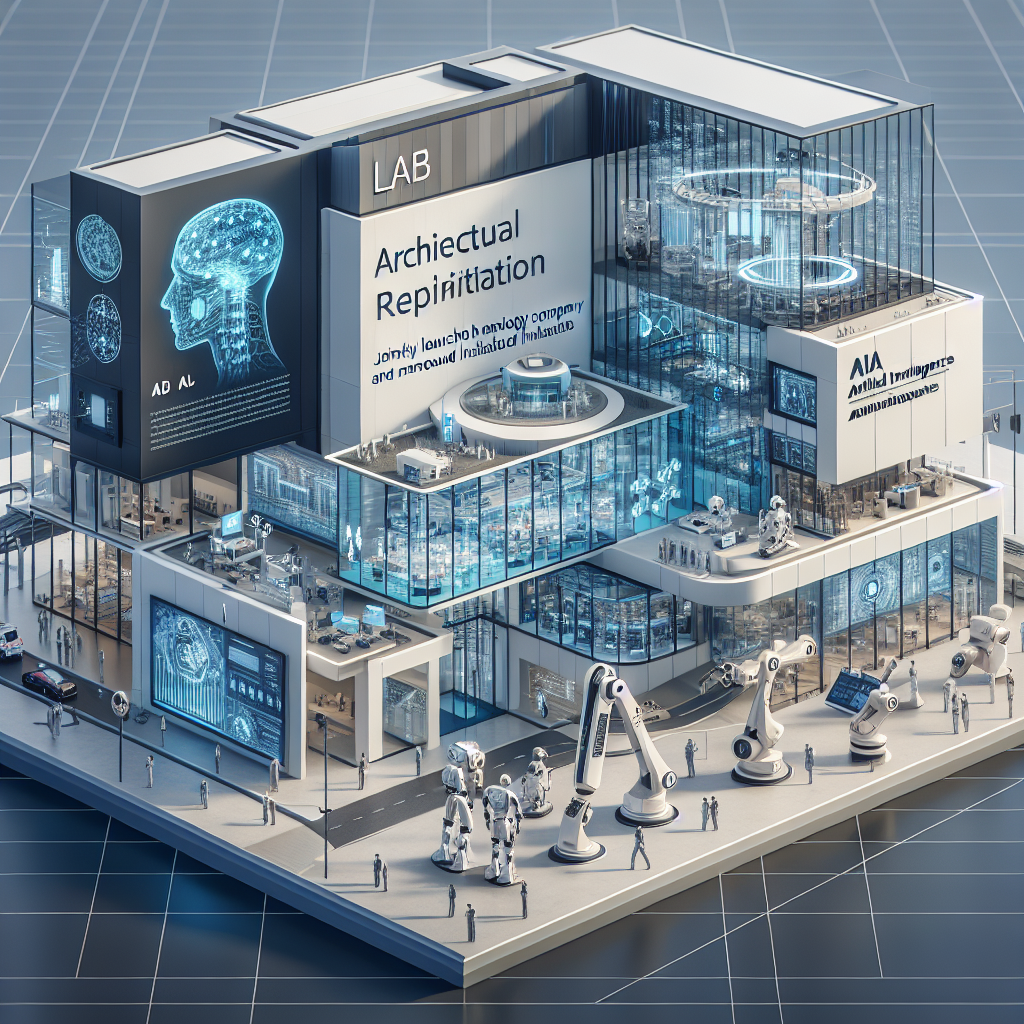
In a remarkable step forward for artificial intelligence (AI) and robotics in the Middle East, Nvidia, the American tech giant known for its cutting-edge graphics processing units (GPUs), has partnered with Abu Dhabi’s Technology Innovation Institute (TII) to launch a joint research lab in the United Arab Emirates (UAE). This collaboration aims to spearhead the development of next-generation AI models and innovative robotics platforms, reflecting the UAE’s ambition to become a leading player in the global AI landscape.
The significance of this venture is underscored by the fact that it marks the establishment of the first Nvidia AI Technology Center in the Middle East. According to TII, the new hub will merge its multidisciplinary research capabilities with Nvidia’s advanced AI models and computing power, fueling a transformative agenda in the region. As the world witnesses a significant boom in artificial intelligence technologies, this partnership positions the UAE as a critical contributor to this global surge.
Under the terms of the agreement, TII will gain access to specific edge GPU chips designed to enhance its research in areas like robotics. Najwa Aaraj, the CEO of TII, disclosed that the advanced Thor chip would play a pivotal role in launching the next generation of robotic systems. This chip is specifically formulated to support the complexities involved in developing humanoid robots, quadrupedal robots, and various robotic arms, thus expanding the frontiers of what is achievable in the robotics domain.
Aaraj highlighted the potential of the collaboration, affirming, “It will be a chip that we will newly use…It’s called the Thor chip, and it is a chip that enables advanced robotic systems development.” This initiative reflects a larger trend, as countries in the Gulf region are investing significantly in AI technologies to diversify their economies, historically reliant on oil exports.
The UAE’s strategy to emerge as a global AI hub has been accompanied by substantial budgets allocated towards advanced technology. The government is leveraging robust diplomatic ties with the United States to ensure access to leading technologies, particularly from industry leaders like Nvidia. Notably, during a visit by former President Donald Trump in May, the UAE signed a multi-billion dollar agreement to establish one of the world’s largest data center hubs in Abu Dhabi, showcasing a commitment to technological advancement. This data center is expected to host cutting-edge technology, including Nvidia’s most advanced chips, essential for the burgeoning AI market.
However, it is important to note that concerns surrounding security and geopolitical relations—especially with China—have raised questions about the finalization of this significant deal. According to reports, the UAE has been cautious about navigating its partnerships due to the complexities inherent in its international relationships, particularly as they pertain to technology and data management.
The inception of the joint research lab has been in the works for nearly a year, and TII has a history of collaborating closely with Nvidia. Aaraj mentioned that TII has already been utilizing Nvidia’s chips for training its own language models, which underscores the depth of their partnership and its potential for further innovation. The new lab will not only bring teams from both organizations together but will also prioritize hiring more staff specifically for this groundbreaking project.
As the UAE embarks on this ambitious project with Nvidia, it actively seeks to redefine its role in the global technology sector. By investing in advanced AI and robotics research, the UAE aims to tap into new markets and position itself as a leader in the next wave of technological advancement.
In conclusion, the launch of this AI and robotics lab is a signal of the UAE’s commitment to innovation and its aspirations to lead in the global AI field. With the combined expertise of TII and Nvidia, this initiative promises not only to advance the science of robotics but also to create tangible business opportunities within the region and beyond.
-
Silicon Valley bets big on ‘environments’ to train AI agents | TechCrunch
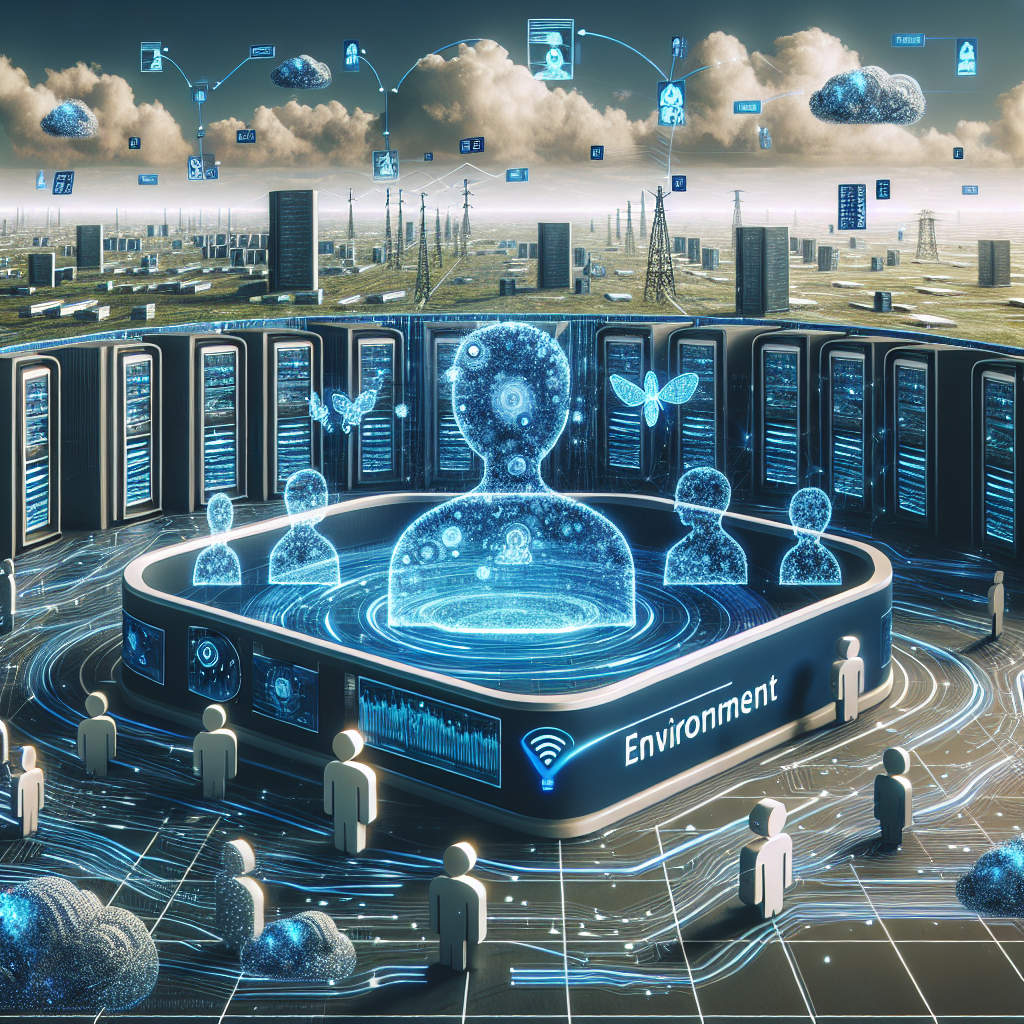
In a rapidly evolving landscape of artificial intelligence, Big Tech leaders have long envisioned a future where AI agents autonomously navigate software applications to efficiently perform tasks for users. However, experimenting with current consumer AI agents, like OpenAI’s ChatGPT Agent and Perplexity’s Comet, reveals a stark reality; the technology still has significant limitations. To overcome these challenges, the industry is exploring advanced methodologies that involve the utilization of reinforcement learning (RL) environments.
These RL environments function as meticulously simulated workspaces where AI agents can engage in multi-step tasks, akin to how labeled datasets propelled the last surge in AI capabilities. This innovative approach is drawing the attention of AI researchers, startup founders, and investors alike. Many industry insiders highlight a burgeoning demand for RL environments from leading AI labs, which are actively seeking to refine their agents by leveraging these advanced training frameworks.
Jennifer Li, a general partner at Andreessen Horowitz, sheds light on the current landscape, stating, “All the big AI labs are building RL environments in-house. But as you can imagine, creating these datasets is very complex, so AI labs are also looking at third-party vendors that can create high-quality environments and evaluations. Everyone is looking at this space.” This sentiment underscores the potential for startups in this niche, as the growing demand presents vast opportunities in the marketplace.
Emerging companies such as Mechanize and Prime Intellect are cautiously stepping into this contested domain, vying for the chance to become frontrunners in delivering cutting-edge RL environments. Simultaneously, established data-labeling firms like Mercor and Surge are ramping up their investments in RL environments, recognizing the need to evolve from traditional static datasets to more dynamic and interactive simulation frameworks. Reports have indicated that major labs, including Anthropic, are contemplating substantial financial commitments, possibly exceeding $1 billion, to develop these environments over the coming year.
The ambition among investors and founders is that a few of these startups will rise to prominence as the “Scale AI for environments,” a reference to the $29 billion data-labeling powerhouse that played a vital role in the chatbot revolution. This newfound focus on RL environments signifies a critical shift towards developing more sophisticated AI agents that can genuinely enhance business processes and interactions.
However, a pivotal question persists: will RL environments truly propel advancements in AI capabilities? As startups dive into this new terrain, the success of RL-driven environments in unlocking greater AI potential remains to be seen. The challenge lies in whether these frameworks can effectively address current shortcomings, enabling AI agents to meet the increasingly complex demands of users and businesses alike.
The upcoming TechCrunch Disrupt 2025 event serves as a platform for industry leaders to explore the implications of these advances. With participation from over 10,000 tech and VC leaders, the conference aims to facilitate connections and insights into the future of AI and its transformative potential across industries.
As discussions surrounding the future of AI and the role of RL environments unfold, the industry’s collective focus on fostering innovation and collaboration suggests a promising horizon. With the combined efforts of startups, established firms, and research labs, the quest to redefine how AI agents function is at the forefront of technological aspiration. As the landscape develops, the potential for broader applications, improved effectiveness, and transformative change remains a viable path for those involved in AI’s evolution.
-
Joint effort push for AI hub status
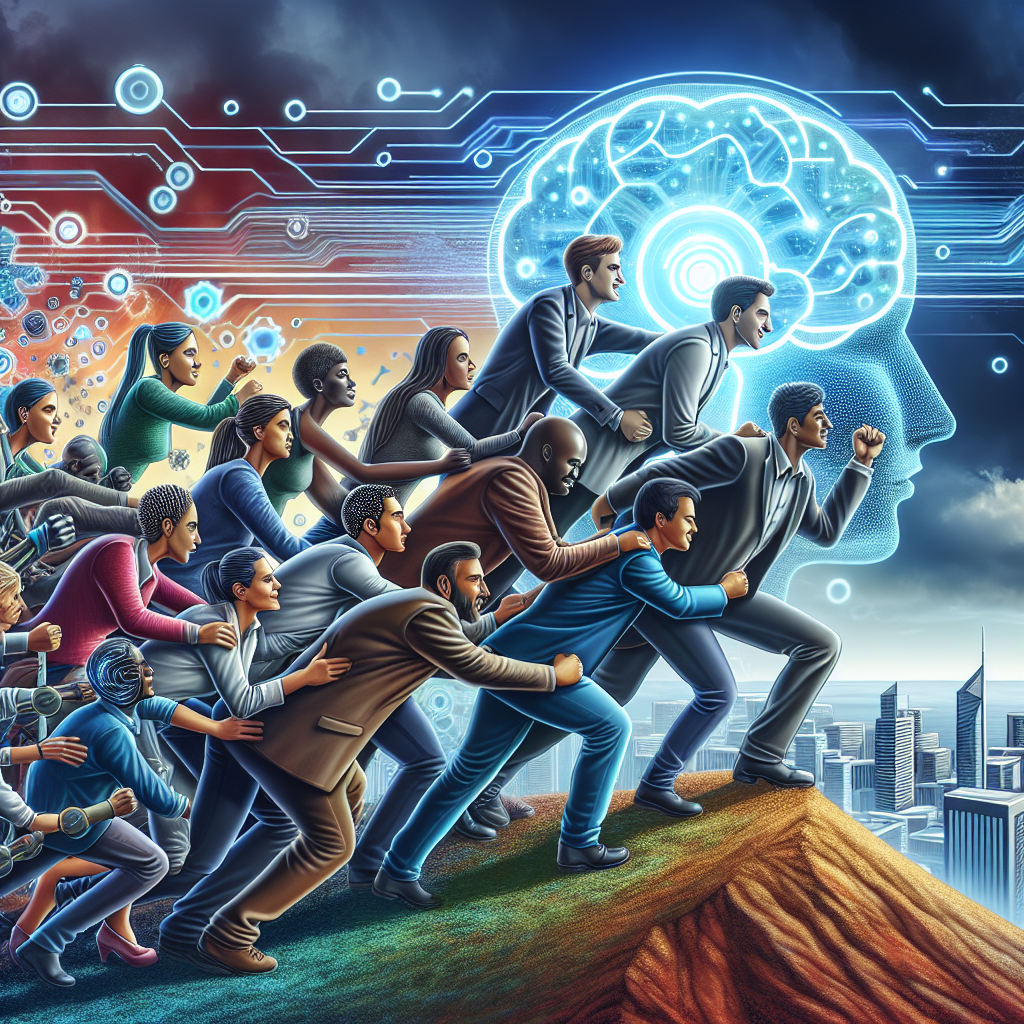
Kuala Lumpur is setting the stage for a transformative leap into the future of artificial intelligence (AI) education. The Digital Ministry of Malaysia, under the leadership of Digital Minister Gobind Singh Deo, is collaborating with both the Education and Higher Education ministries to position Malaysia as a global hub for AI education. This initiative comes at a critical juncture, emphasizing the need for the nation to showcase its strong academic prowess and digital talent pool.
The intention is to organize a joint initiative that highlights Malaysia’s strengths in this emerging field. Minister Gobind expressed his commitment to fostering discussions with academic partners to craft an event that not only elevates Malaysia’s presence on the global AI education stage but also solidifies its reputation within the academic sector.
Highlighting the importance of practical engagement, Gobind launched the largest on-site AI hackathon, known as the Great Malaysia AI Hackathon 2025, which took place at the Asia Pacific University (APU) campus in Technology Park Malaysia. This notable event, organized in collaboration with the Malaysia Digital Economy Corporation (MDEC) and Amazon Web Services (AWS), drew an impressive turnout of 1,741 participants, including 1,547 university students and 194 industry professionals. The hackathon is recognized for securing a place in the Asean Records as one of the largest AWS-powered university hackathons in the Asia Pacific region, and it featured a competitive prize pool of RM110,000.
Gobind remarked that the hackathon transcends mere competition; it embodies the core pillars of the nation’s digital policy. He emphasized the necessity of building robust infrastructures while fostering AI innovation, alongside establishing frameworks such as a proposed Data Commission to protect citizens’ data and reinforce digital trust.
As Malaysia seeks to solidify its position in the global education landscape for AI, these efforts align seamlessly with the aspirations of Prime Minister Datuk Seri Anwar Ibrahim, who envisions the country as an AI-driven nation by 2030. This ambition is mapped out in the 13th Malaysia Plan, which acts as a strategic framework for the nation’s growth in AI technologies.
Gobind also touched upon the critical issue of talent leakage, reiterating the government’s commitment to creating an environment that nurtures job opportunities, ensures access to essential technology, guarantees data protection, and fosters innovation. The objective is to retain skilled professionals in Malaysia, enabling them to contribute meaningfully to the country’s advancement in tech development.
A glimpse into recent economic developments reveals that from January to August of this year, a total of 368 companies have received Malaysia Digital status, representing investment values totaling RM44.6 billion. This influx of foreign investment serves as a testament to the growing confidence of international companies in Malaysia, encouraging them to establish their operational bases within the country.
In conclusion, the efforts of the Malaysian government in elevating the nation’s AI education landscape are not just setting a foundation for future technological advances, but are also directly tied to job creation, collaboration in emerging technologies, and the encouragement of a vibrant tech ecosystem. With these initiatives, Malaysia is on course to enhance its role in the global AI education arena while ensuring that local talent is cultivated and retained, ultimately securing the nation’s digital future.
